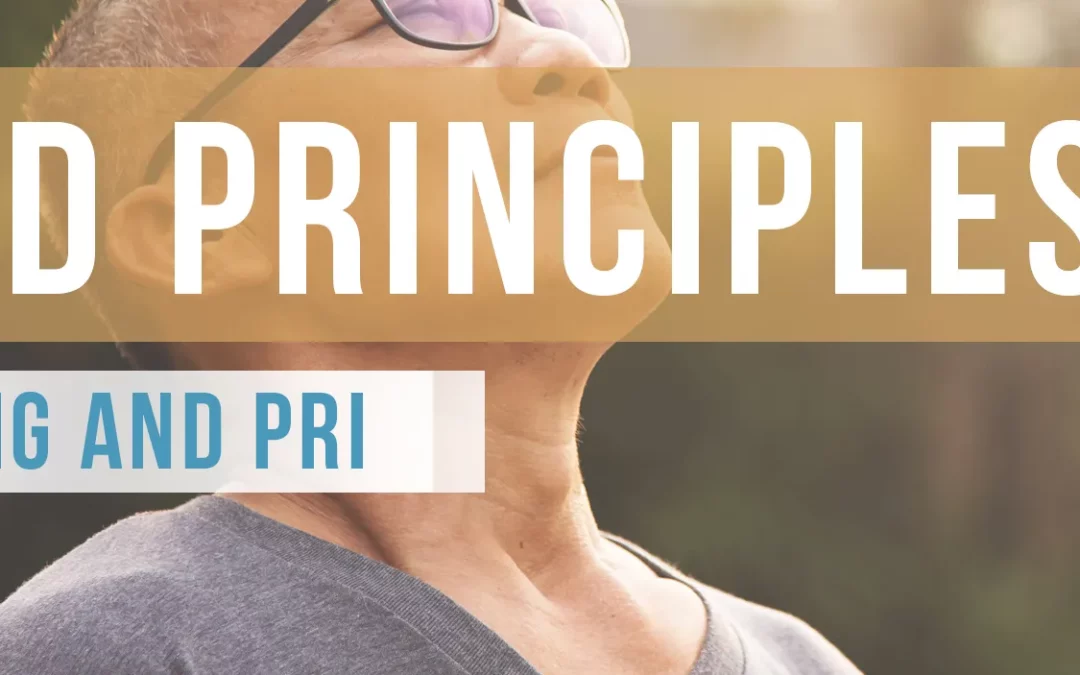What are the principles of postural restoration institute?
The Postural Restoration Institute (PRI) is an approach to physical therapy and fitness that focuses on the relationship between posture,
breathing, and movement. The principles of PRI include:
Lateralization: The human bodyis asymmetrical, and PRI recognizes that there is a dominant side of the body. The goal of treatment is to balance
the activity and function of both sides of the body.
Respiration: PRI emphasizes the importance of proper breathing mechanics in maintaining good posture and movement. Proper breathing helps to stabilize the core and improve mobility in the ribcage and spine.
Postural Alignment: PRI recognizes that posture is a dynamic process that involves the whole body. Proper alignment of the pelvis, spine, and ribcage is essential for optimal function and movement.
Tri-planar Movement: The body moves in three planes of motion
(sagittal, frontal, and transverse), and PRI recognizes the importance of incorporating all three planes of movement into exercise and rehabilitation.
Neurological Control: PRI recognizes the importance of the
nervous system in controlling movement and posture. Treatment focuses on improving neurological control and optimizing the body’s movement patterns.
Overall, the principles of PRI emphasize the importance of integrating the body as a whole and addressing the underlying causes of postural imbalances and movement dysfunction. By addressing these underlying factors, PRI aims to improve overall function, reduce pain, and enhance athletic performance.



